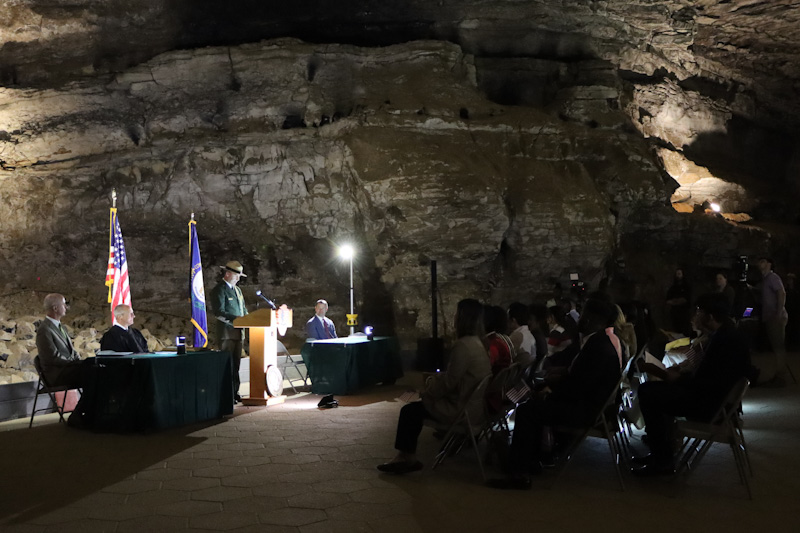Cross-Appeals Fail to Strike a Chord | McDermott Will & Emery
In the latest development in the ongoing litigation saga between competitors Sonos and Google, the US Court of Appeals for the Federal Circuit affirmed the US International Trade Commission’s determination that the original accused audio players and controllers infringed the asserted patents while redesigned products did not. Sonos, Inc. v. Int’l Trade Comm’n, Case No. 22-1421 (Fed. Cir. Apr. 8, 2024) (Stark, Dyk, Reyna, JJ.) (nonprecedential).
Sonos filed a complaint against Google at the Commission, asserting that Google’s importation of certain audio players and controllers infringed Sonos’s patents generally directed to connecting and controlling wireless speakers. The chief administrative law judge made an initial determination that Google’s originally accused products infringed each of the asserted patents but also found that Google’s redesigned products were noninfringing alternatives. After declining the parties’ petitions for review, the Commission issued a final determination adopting the chief administrative law judge’s initial determination and entered a limited exclusion order. Sonos appealed the Commission’s determination concerning the redesigned products, and Google cross-appealed the Commission’s determination concerning the original products.
Sonos argued that the Commission misconstrued disputed claim terms and lacked substantial evidence for its noninfringement findings. First, Sonos argued that the Commission misconstrued claim language reciting “at least a second message containing network configuration parameters,” which “comprise an identifier of the secure WLAN . . . and a security key.” The Commission construed this language as requiring a single second message with both the claimed identifier and security key while Sonos contended that the claim language contemplated multiple second messages that collectively contain the identifier and security key. The Federal Circuit disagreed with Sonos, noting that the specification provided strong support for the Commission’s construction. Because Google’s redesigned product transmitted the identifier and the key in separate messages, the Federal Circuit affirmed the Commission’s conclusion that Google did not infringe.
Sonos next took issue with the Commission’s determination that Google’s redesigned product, which included an incrementing integer counter for synchronizing playback among devices, did not infringe a claim requiring synchronization through “time clock information.” While Sonos framed the issue as one of claim construction, the Federal Circuit reasoned that it was actually a factual issue (whether the accused redesign infringed), which is reviewed for substantial evidence. Because Google’s experts explained that an incrementing counter does not represent a time value, the Court concluded that the Commission’s determination was supported by substantial evidence.
Finally, Sonos contested the Commission’s construction of “equalization” as requiring “alteration of the relative strength of certain frequency ranges in the audio data” by adjusting certain properties of a speaker driver, adjusting amplifier gain in a playback device or using a filter. Finding this construction too narrow, Sonos argued that “equalization” should include any modification to output audio data, including the changing of a channel output without altering strengths of a frequency range. The Federal Circuit agreed with the Commission’s construction, which was based on expert testimony and dictionaries demonstrating that “equalization” is a well-known audio technique used to enhance or diminish specific frequency ranges. The Court further emphasized that the specification did not clearly express an intent to redefine the term “equalization.” Because Google’s redesigned product did not infringe under this construction, the Federal Circuit affirmed the Commission’s noninfringing alternatives determination.
In its appeal, Google contended that at least one of the asserted patents was invalid and that its original designs did not infringe the other asserted patents.
Among its noninfringement positions, Google argued that Sonos had disclaimed claim scope during prosecution when it amended the claims to require “independent” playback devices to overcome a prior art system of interdependent devices. In his reasons for allowance, the examiner noted that the prior art system only controlled volume in an interdependent manner, whereas the claimed invention allowed for volume control in either a groupwise or an individual manner. Google contended that Sonos had broadly disclaimed “tethered or interdependent operation,” but the Commission disagreed. The Federal Circuit affirmed the Commission, explaining that prosecution history disclaimer requires “a clear and unmistakable disclaimer.” Because the examiner understood the system as allowing for groupwise and individual control, groupwise operation (i.e., “tethered or interdependent operation”) was within the scope of the claims.
[View source.]






